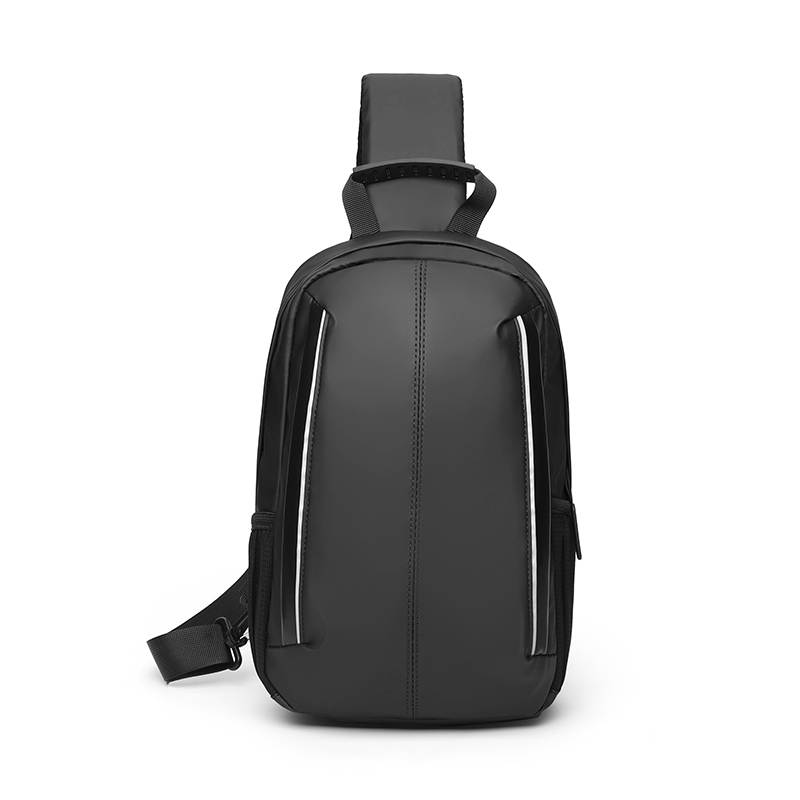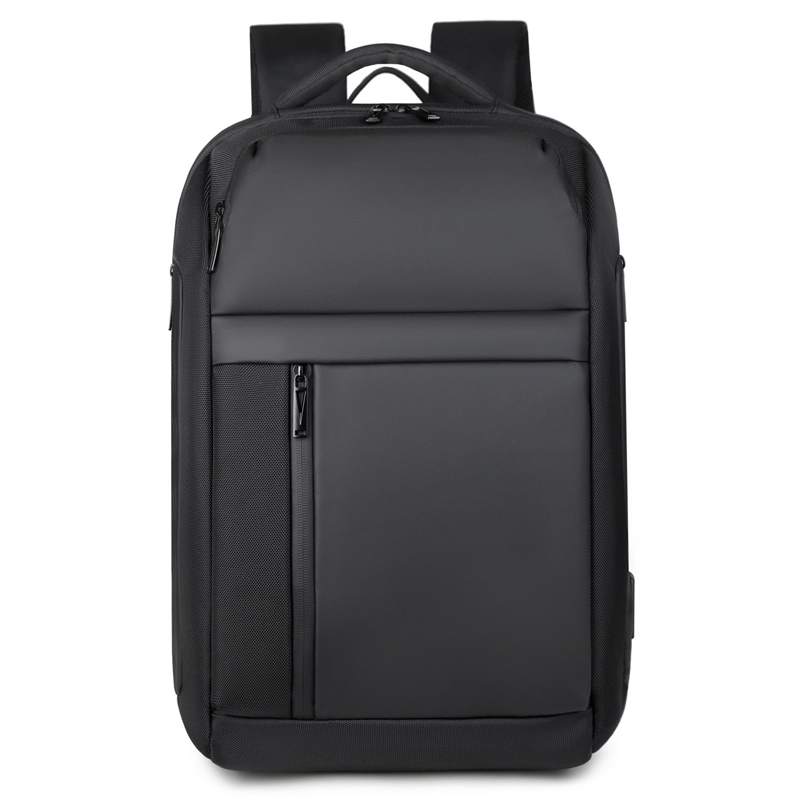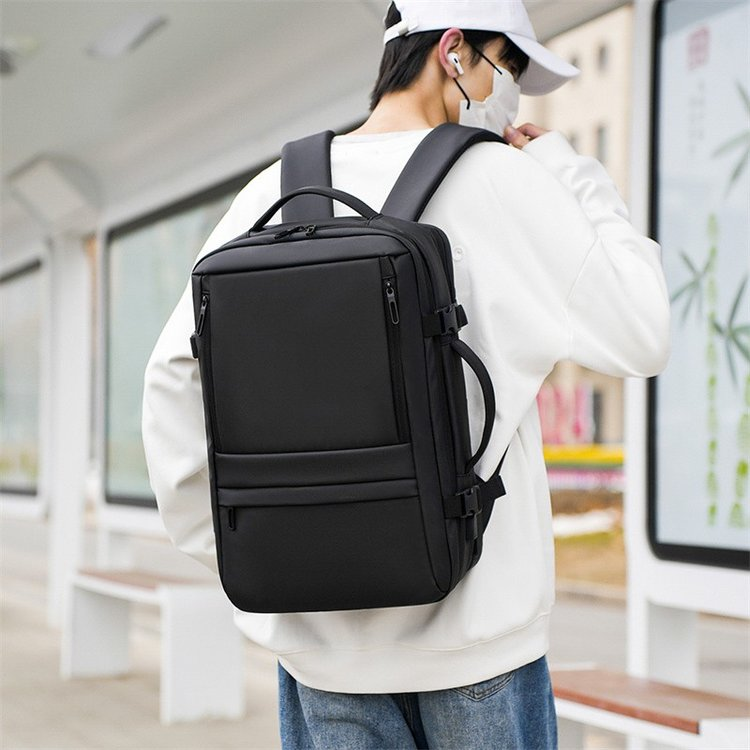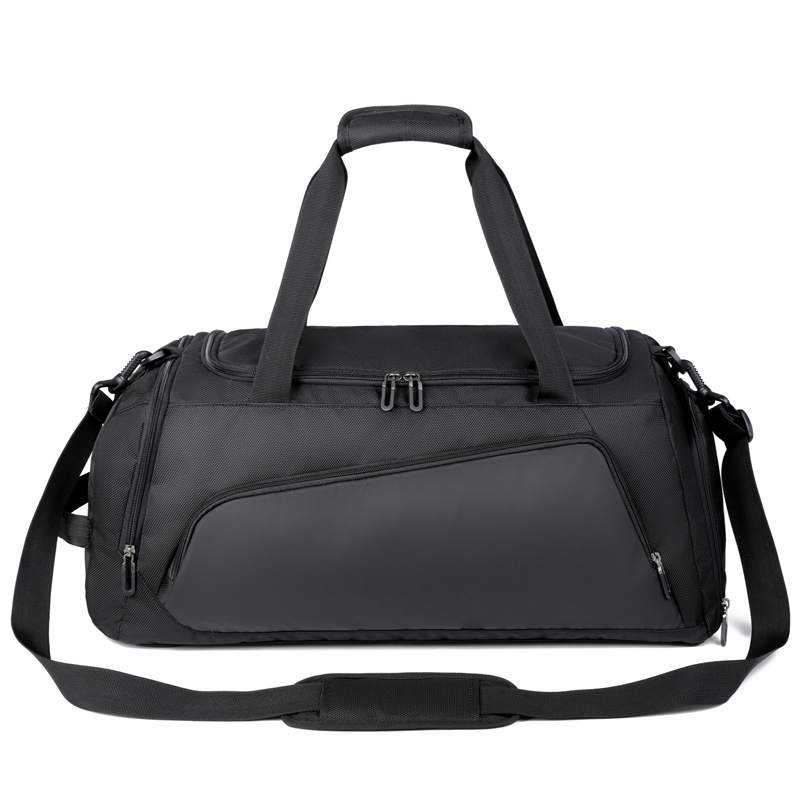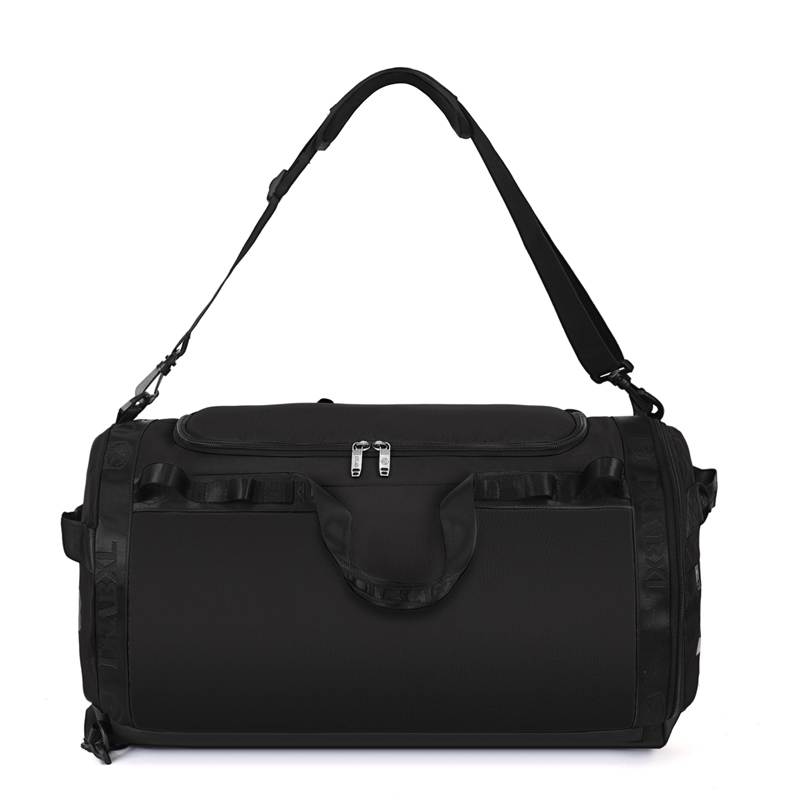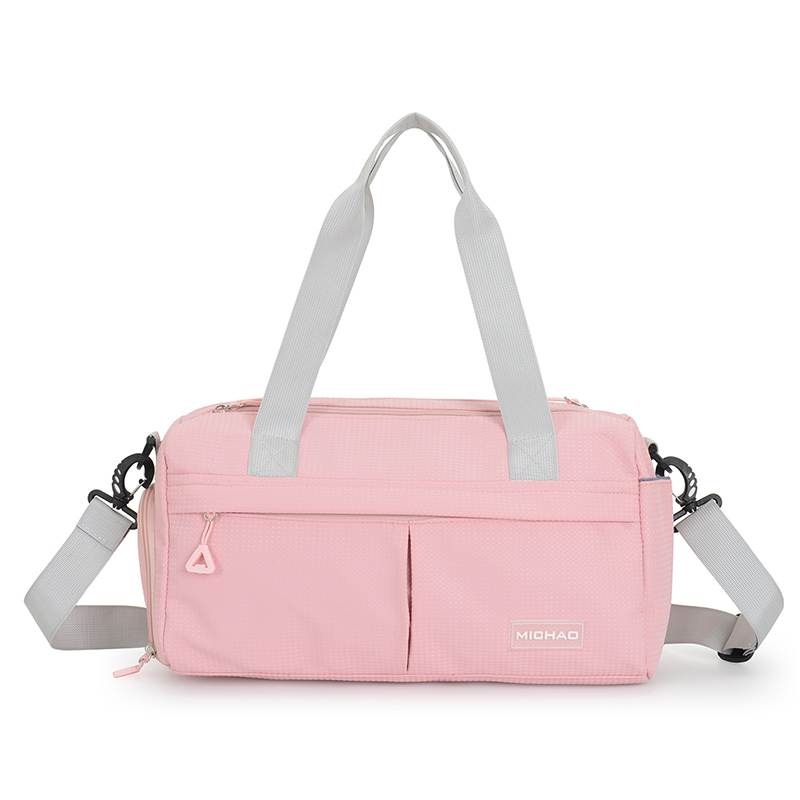Little knowledge about anti-static fabrics
2023-02-14 08:53:27
hebei leimande
In the backpack customization industry, some equipment backpack products are used to store special instruments or tools and equipment, so customers will have anti-static requirements for backpack fabrics. Many people don't know much about anti-static fabrics. Today, OEM ODM Backpack Manufacturers After sorting out some relevant knowledge, let's take everyone to understand what is anti-static fabric!
Anti-static fabric is also called anti-static fabric, referred to as anti-static cloth. Anti-static fabrics are fabrics that have undergone anti-static processing and are widely used in the petroleum industry; mining and metallurgy industry; chemical industry; electronics industry; special industries, etc.
Any object is charged internally. In general, its positive and negative charges are equal, and it does not appear charged to the outside. However, when two different objects are in contact or rubbed, the negatively charged electrons of one object will cross the interface and enter another object, and static electricity will be generated.
Textile materials are electrical insulator materials, and their specific resistance is generally high, especially synthetic fibers such as polyester, acrylic, and polyvinyl chloride with low hygroscopicity. Therefore, in the process of textile processing, due to the close contact and friction between fibers and fibers or between fibers and machine parts, the charge is transferred on the surface of the object, resulting in static electricity. Fibers with the same charge repel each other, and fibers with different charges attract each other, resulting in hairy slivers, increased yarn hairiness, poor package formation, fiber sticking to machine parts, and increased yarn breakage. And form scattered stripes on the cloth surface, etc. After the fabric is charged with static electricity, it is easy to absorb dust and stain, and the phenomenon of entanglement or electric sparks will also occur between the fabric and the human body, and between the fabric and the fabric. Therefore, electrostatic interference affects the smooth progress of work, affects the quality of products and the performance of fabrics, etc. When the electrostatic phenomenon is serious, the static voltage is as high as several thousand volts, and sparks will be generated due to discharge, causing a fire and causing serious consequences.
In order to avoid various effects caused by static electricity, anti-static fabrics came into being. The greater the surface-specific resistance of the fabric, the longer the charge half-life. Therefore, if the specific resistance of textile fabrics is reduced to a certain extent, static electricity can be prevented. Anti-static fabrics are special textiles produced according to this principle.
The main raw materials used in anti-static fabrics include sub-conductive fibers, stainless steel fibers, anti-static synthetic fibers, etc., which can quickly release static electricity generated by friction. These materials are woven together with blended fabrics or polyester-cotton blended fabrics, that is, anti-static fabrics. This fabric can be used to make bags, clothing, and other items.
The anti-static fabric has excellent anti-static performance, durability, and washability, is not easy to dust, is dirt resistant, is easy to wash, can eliminate the discomfort caused by static electricity, and prevent aging or damage to electronic components.
Static electricity itself can destroy precision electronic instruments, and sparks generated by electrostatic discharge can easily cause fire or explosion. Therefore, some use requires special precision instruments or tools and equipment to store bags. In the process of customizing bags, in order to better protect the inner instruments and equipment and make them more convenient to use, the choice of bag fabrics requires anti-static, Leimande We have produced customized anti-static bags for some customers.




